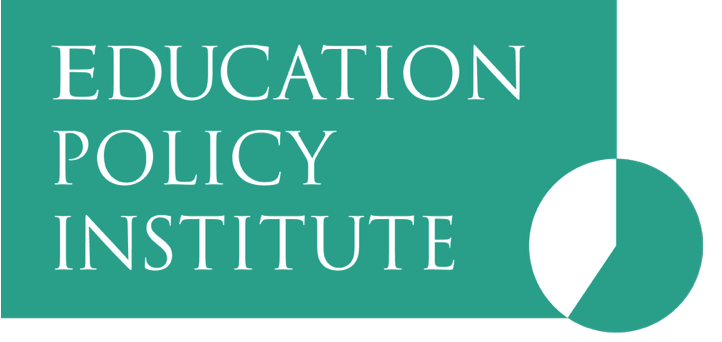The Education Policy Institute (EPI) has published the first instalment of its Annual Report on the state of education in England, focusing on the attainment gap between disadvantaged pupils and their peers up to the end of secondary school.
Nationally, the gap between poorer pupils and their peers continued to widen in 2022, but EPI finds startling new trends, affecting the youngest children and those with special educational needs.
Following widespread pandemic disruption during 2020 and 2021, 2022 saw the return of summer exams. During the pandemic years, pupils’ grades were awarded using alternative processes known as centre assessed grades (CAGs) and teacher assessed grades (TAGs), whilst statutory assessments were cancelled altogether at earlier key stages. As part of the transition back to exams in 2022, adaptations were made to exams and overall results were set broadly at a mid-point between (the higher grades of) 2021 and 2019, with 2022 marking a staging post back to pre-pandemic grading.1
Although the immediate disruption of the pandemic on learning and assessments has passed, this analysis considers the longer-lasting impacts of the pandemic on attainment gaps for cohorts aged 5, 11 and 16 in 2022. We do this at a national level for key characteristics relating to disadvantage (including those in long-term poverty), special educational needs and disabilities, and ethnicity. In our next release later this year, we will additionally include pupils with English as an additional language, learners aged 16-19, and sub-national disadvantage gaps across all age groups.

